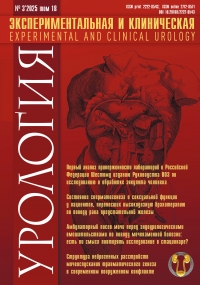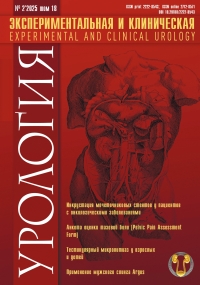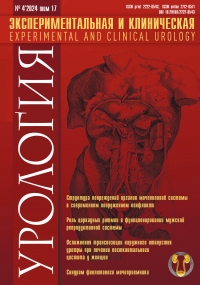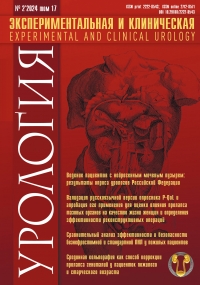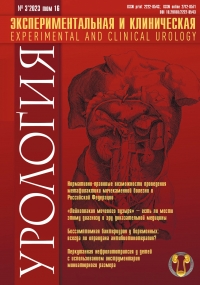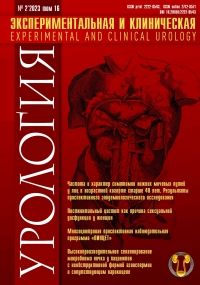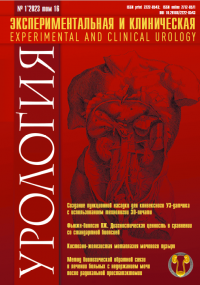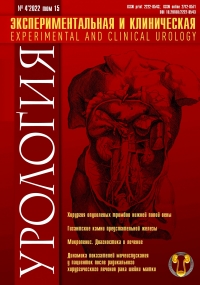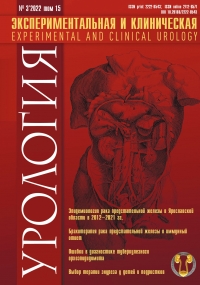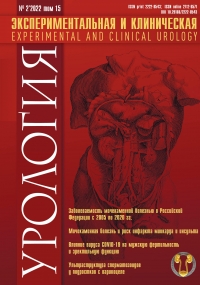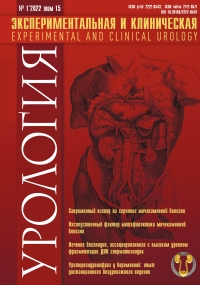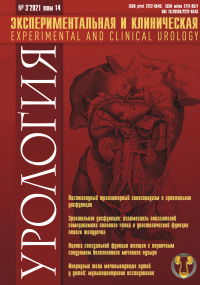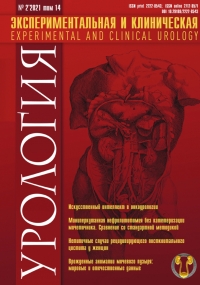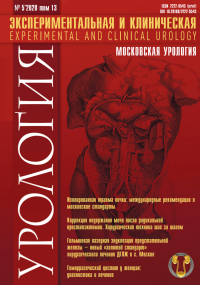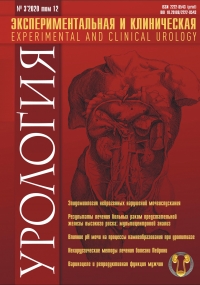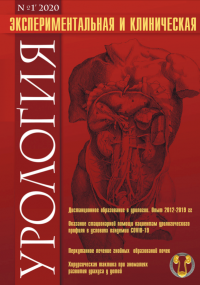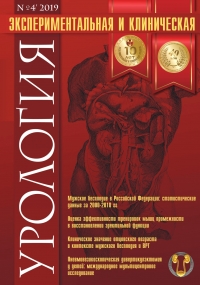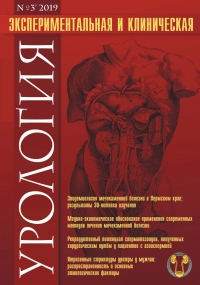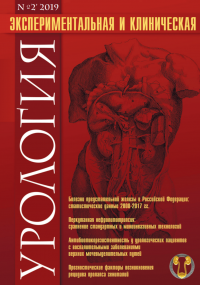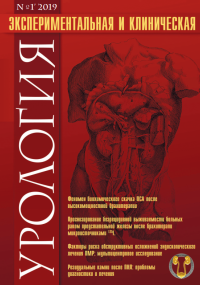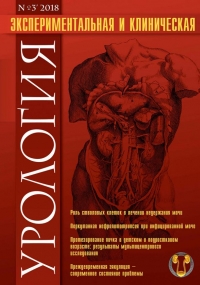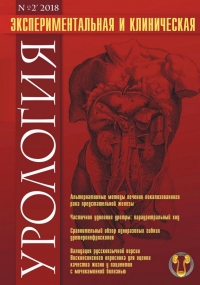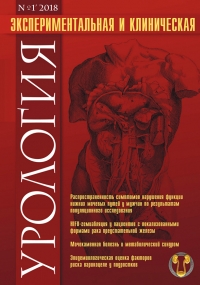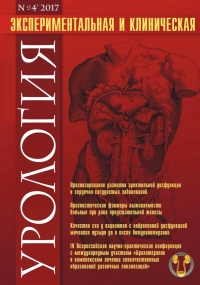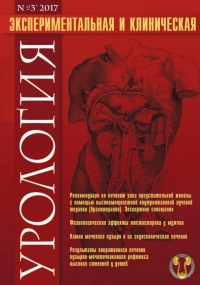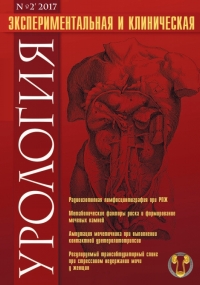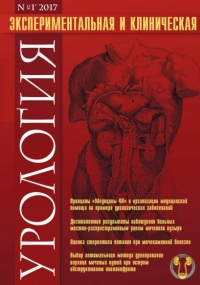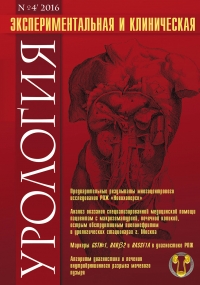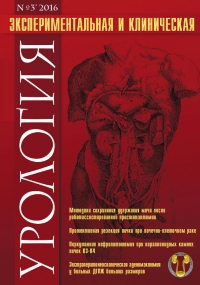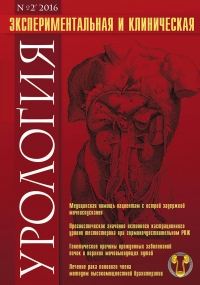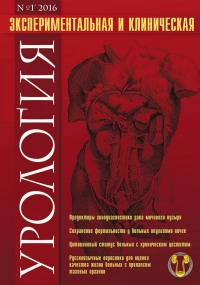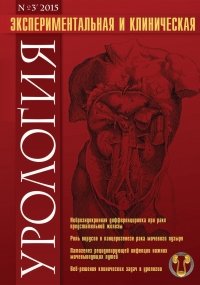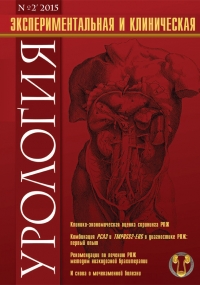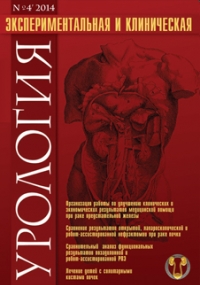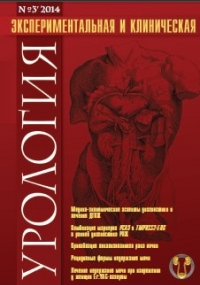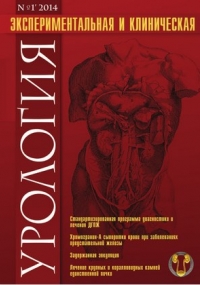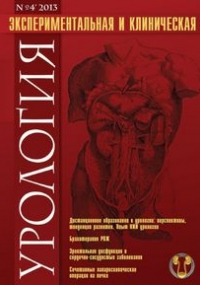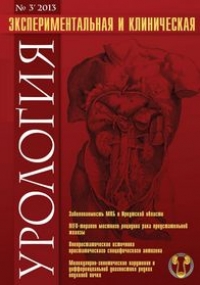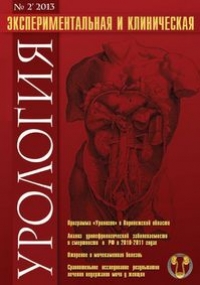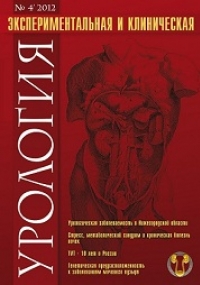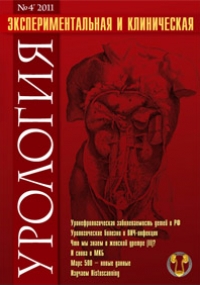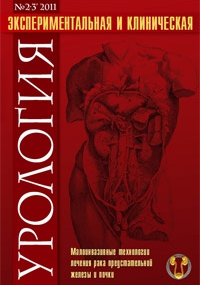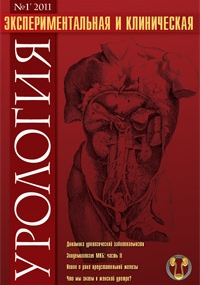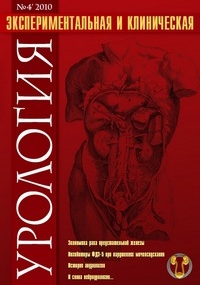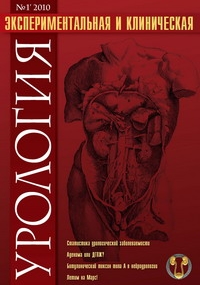Serenoa repens in the treatment of voiding dysfunction in patients with BPH: discussion of effectiveness and complex mechanism of action DOI: 10.29188/2222-8543-2020-13-4-96-104
- Sivkov A.V. – PhD, deputy director on scientific work of N. Lopatkin Research Institute of urology and Interventional Radiology – branch of the National Medical Research Centre of Radiology of Ministry of health of Russian Federation; Moscow, Russia; https://doi.org/0000-0001-8852-6485.
- Kirpatovskiy V.I. – Dr. Sc., professor, сhief scientific Researcher of N.A. Lopatkin Scientific Research Institute of Urology and Interventional Radiology – Branch of the National Medical Research Centre of Radiology of the Ministry of Health of Russian Federation; Moscow, Russia; https://doi.org/0000-0002-4356-9200
 1219
1219 Introduction. The review analyzes the clinical efficacy and mechanism of action of lipidsterol extracts of the American dwarf palm fruit Serenoa repens (SRE), including the drug Permixon (Pierre Fabre), used for the treatment of urination disorders in men with benign prostatic hyperplasia (BPH).
Material and methods. When writing the review, data from the PubMed database was used (https://www.ncbi.nlm.nih.gov/pubmed/) and scientific electronic library Elibrary.ru (https://elibrary.ru/). Search keywords for articles on the review topic were «BPH», «therapy of urinary dysfunction», «Serenoa repens», «Permixon», «mechanism of action», «bladder receptors». As a result, 48 publications were selected in peerreviewed foreign and domestic journals.
Results. It is noted that the composition of extracts from different manufacturers and for different types of extraction (supercritical fluid extraction with carbon dioxide under high pressure, extraction with hexane, ethanol or diethyl ether) differs significantly, which may affect the effectiveness of therapy. At the same time, according to the authors, the greatest effect is observed when using preparations with hexane extraction of SRE components, which include Permixon. The main ingredients that provide antiandrogenic, adreno- and cholinolytic and antiinflammatory effects of SRE drugs were determined. Analysis of the effectiveness of the Permixon in the form of monotherapy, in comparison with the traditionally used α-blockers and in combination with them, showed a significant improvement in the quality of urination in patients with BPH during treatment with this drug, comparable to the effect of α-blockers. Data are discussed indicating that the mechanism of action of SRE can be associated not only with the effect on the prostate gland, but also on the bladder, improving the contractile function of detrusor due to α-adrenolytic, M-cholinolytic and antiinflammatory actions, which helps to reduce the dysfunction of urine accumulation in the spectrum of lower urinary tract symptoms.
Conclusion. The mechanisms of action of SRE in LUTS/BPH should be considered more broadly and comprehensively, including the possible effect of drugs not only on the prostate, but also on the obstructive bladder. However, there are few objective data on this issue, which requires new special studies.
| Attachment | Size |
|---|---|
| Download | 3.41 MB |


